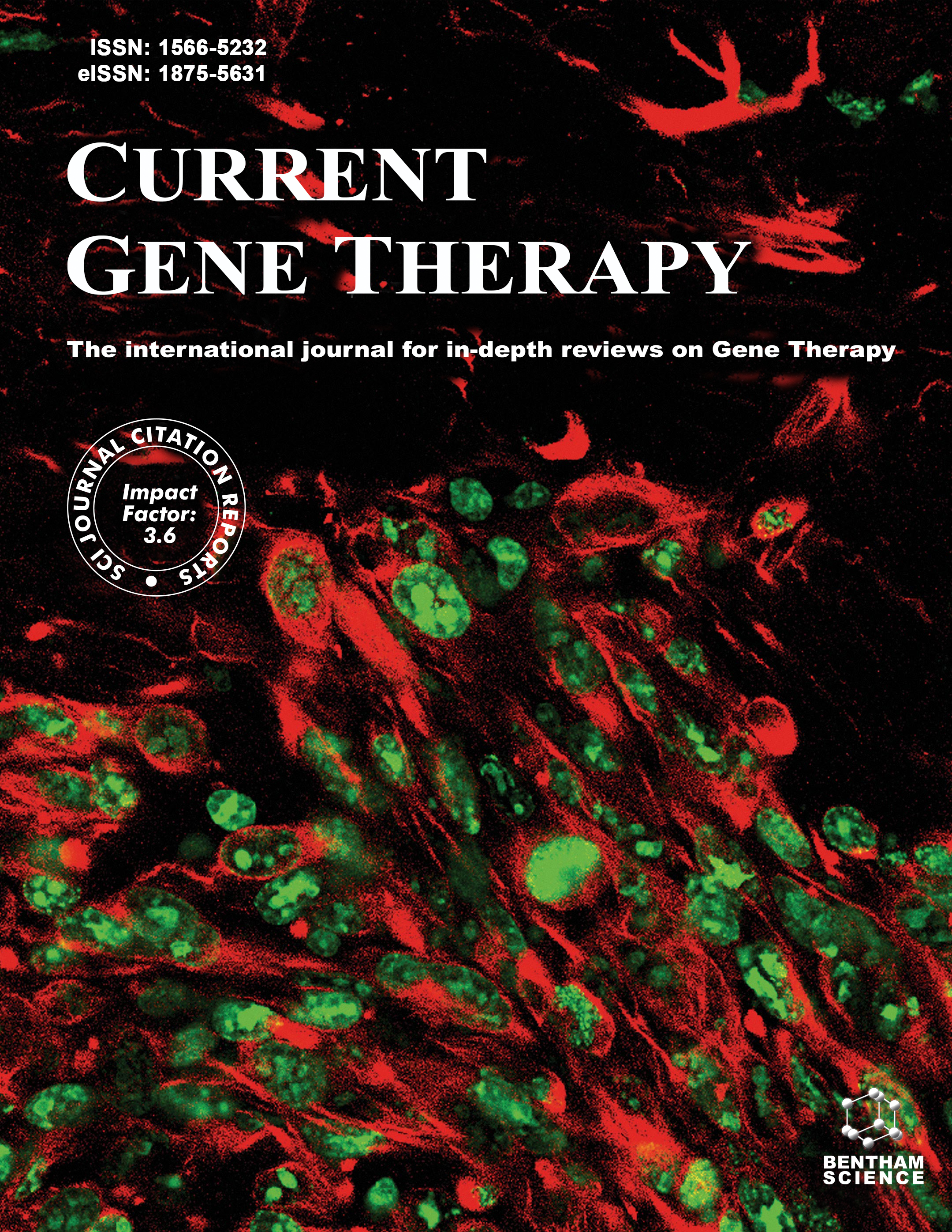
Full text loading...
Colorectal cancer (CRC) has become a significant threat in recent decades, and its incidence is predicted to continue rising. Despite notable advancements in therapeutic strategies, managing CRC poses complex challenges, primarily due to the lack of clinically feasible therapeutic targets. Among the myriad molecules implicated in CRC, the signal transducer and activator of transcription 3 (STAT3) stands out as a promising target tightly regulated by various genes. This intracellular transcription factor, spanning 750-795 amino acids and weighing approximately 92 kDa, is crucial in key cellular activities such as growth, migration, invasion, inflammation, and angiogenesis. Aberrant activation of STAT3 signaling has been linked to various cancers, including CRC. Therefore, targeting this signaling pathway holds significance for potential CRC treatment strategies. STAT3, as a central intracellular transcription factor, is implicated in colorectal cancer development by activating aberrant signaling pathways. Numerous studies have demonstrated that the abnormal hyperactivation of STAT3 in CRC tissues enhances cell proliferation, suppresses apoptosis, promotes angiogenesis, and facilitates tumor invasion and metastasis. As a focal point in colorectal cancer research, STAT3 emerges as a promising candidate for detecting and treating CRC. This review aims to present recent data on STAT3, emphasizing the activation and functions of STAT3 inhibitors in CRC. Indeed, STAT3 inhibitors have been identified to have therapeutic potential in CRC, especially inhibitors targeting the DNA-binding domain (DBD). Indeed, STAT3 inhibitors have been identified to have a therapeutic potential in CRC, especially the inhibitors targeting the DNA binding domain (DBD). For example, imatinib acts by targeting cell surface receptors, and these inhibitors have shown potential for the control and treatment of tumor growth, angiogenesis, and metastasis. Imatinib, for example acts by targeting cell surface receptors, and these inhibitors have shown the future direction toward the control and treatment of tumor growth, angiogenesis, and metastasis.

Article metrics loading...

Full text loading...
References


Data & Media loading...

